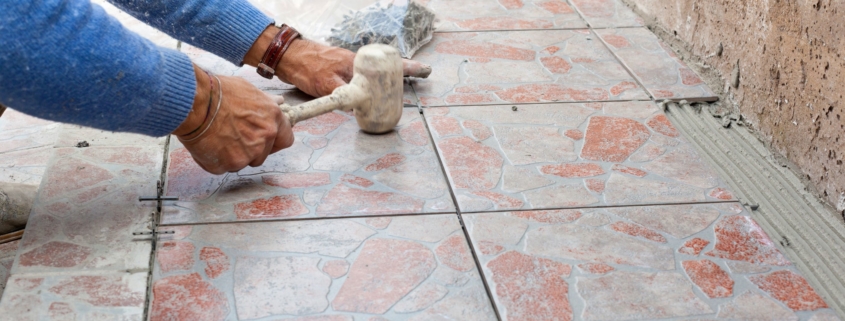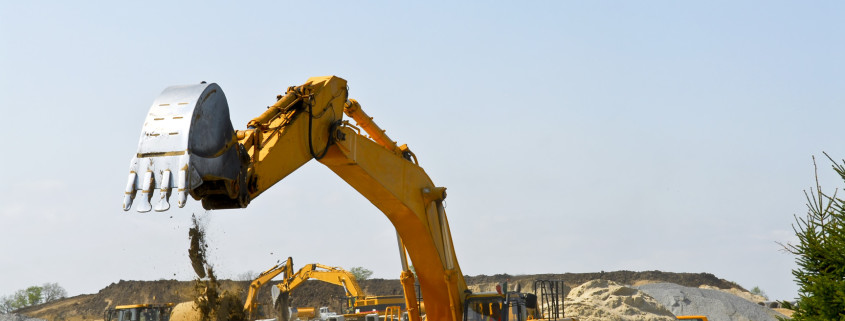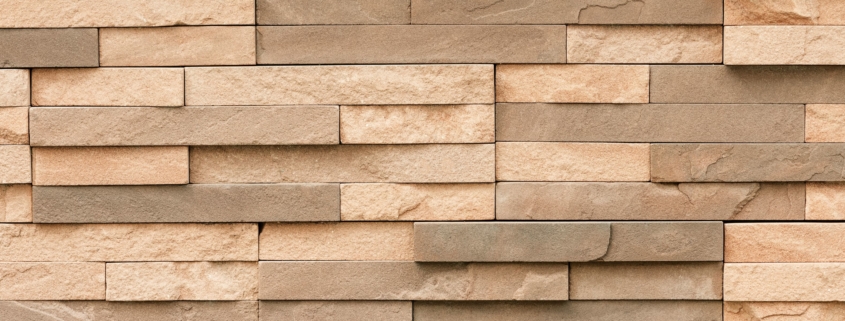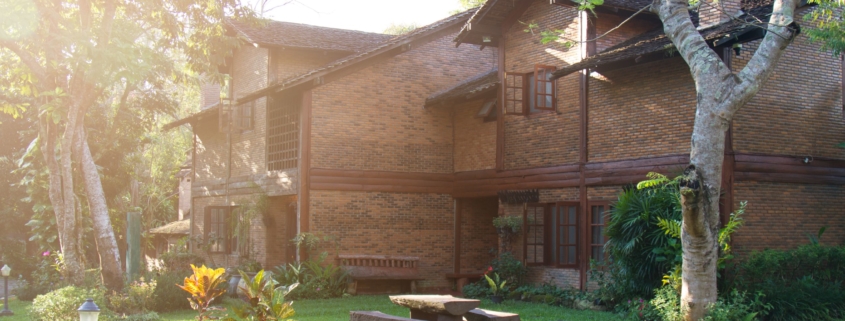Of all the investments you will make in your lifetime, one of the biggest ones you’ll be spending on would be the construction of your home. For that reason, you would want to make sure that it results into the home of your dreams, complete with all the features you need to enjoy a satisfying life.
With that said, one part of the house that you should put heavy consideration into would be your patios and walkways. Not only will they affect your home’s curb appeal and push up your property’s value significantly, but walking home to see a stunning walkway and patio will make you feel proud whenever you walk on it.
As such, you would want to make sure your patio and walkways are done right. With that in mind, whether you’re installing a new patio and walkways or you’re renovating your old one, then consider using flagstones for an even better aesthetic finish.
Here is what you need to know about flagstones and how to make the most out of it.
What are flagstones?
Stones are named depending on their size, shape, type, and more. The term “flagstone” is directed at stones that are split into flat layers, generally around one to three inches each. Stones that are used to create flagstones include slate, sandstone, and limestone, and since no stone is exactly alike, it helps achieve a natural look. This makes it a perfect choice for any home that wants a natural and relaxing feel to it.
What should be considered when choosing flagstones?
There are a fair few things you need to keep in mind when going about selecting flagstones.
The first consideration you need to make is how a particular set of flagstones will fit into your home’s aesthetics. While flagstones are quite versatile in fitting into different looks, make sure it is the look you want to achieve.
The second consideration you must make is whether or not the flagstone is from a local source. This is important because a store can run out of a particular stone quite quickly, especially if it is not from a local source. You would want something available locally, ensuring that you have plenty of access to the stones you need to maintain the same look through the years.
The third and final consideration to make is what you are going to do on the flagstones itself. For example, is it simply for walking on? Is there any family member that uses a wheelchair? Making these types of considerations will ensure your flagstone path and patio works well for whomever uses it.
How do I use flagstones for the patio and walkway?
For patios and walkways, consider using flagstones that are at least an inch thick. With those, you can either lay them directly on the ground or pour in some other material, like sand, to put the stones on. If you want to work with thinner slabs, they need to be laid on concrete to prevent it from breaking or cracking.
Your flagstone path will have some spaces in between the slabs. You can fill that with different things, from gravel to small plants. If you want a “tighter” pathway, you can fill the gaps with mortar instead. This helps create a smooth surface, which is ideal for patios but not crucial for walkways.
Conclusion
Now that you have familiarized yourself with flagstones and how you can pick the right ones and use them properly, go ahead and start planning! Not only are flagstones extremely durable—meaning that your patio and walkways will last an incredibly long time—but they also look stunning. We promise that your time and effort will be worth it, as you finally lay down the final stone, seal it in place, and sit back to enjoy the beautiful fixture.
Are you having trouble building flagstone walkways and patios? We have got your back! Red Robin Masonry is a masonry company in Toronto, offering a variety of services, including building flagstone patios and walkways. Get in touch with us today!




